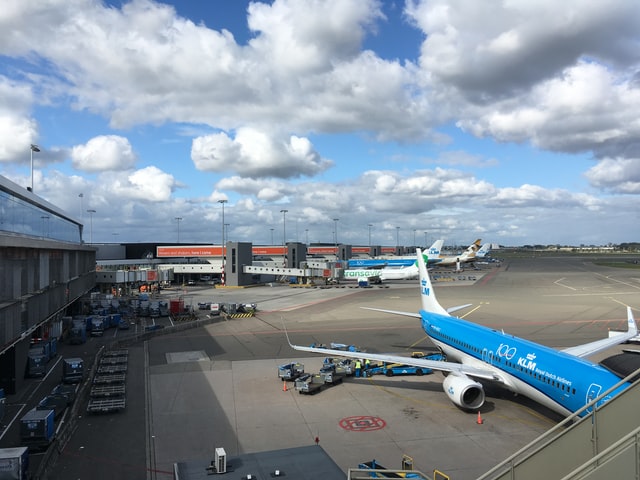- en
Amsterdam Airport Schiphol aims to limit pollution by reducing number of flights
Emissions from aviation are a significant contributor to climate change, which has emerged as one of the most urgent issues of today. In order to ensure a more sustainable future, cities around the world are working to further implement sustainability measures at their airports.
Another significant challenge with aviation is noise, which can have a severe impact on social and economic conditions as well as health.
Generally regarded as one of the best-connected airports in the world, Amsterdam Airport Schiphol offers popular routes to some of the most popular destinations around the globe.
In an effort to combat pollution, the Dutch government recently announced that the number of flights arriving at Schiphol will be limited to 440,000 flights a year from 2023, Euronews reported.
Compared to pre-pandemic levels in 2019, that marks an 11% decrease. The Dutch government claims the adjustment will reduce both noise and nitrogen oxide emissions.
The airport serving the Dutch capital city is the third busiest airport in Europe and is situated 14 kilometres south-west of Amsterdam. The Dutch government has now taken a significant step toward addressing one of the most polluting sectors by restricting aviation traffic at the airport which handled 25.5 million travellers in 2021.
Moreover, in the upcoming years, Schiphol is dedicated to making travel from and to the airport even more environmentally friendly, while also attempting to boost the aviation industry’s sustainability overall.
According to the official Schiphol website, the Royal Schiphol Group is committed to making sure that by 2030, none of its Dutch airports will emit any emissions at all, including nitrogen emissions. (photo credit: Pyotr Void/Unsplash)













